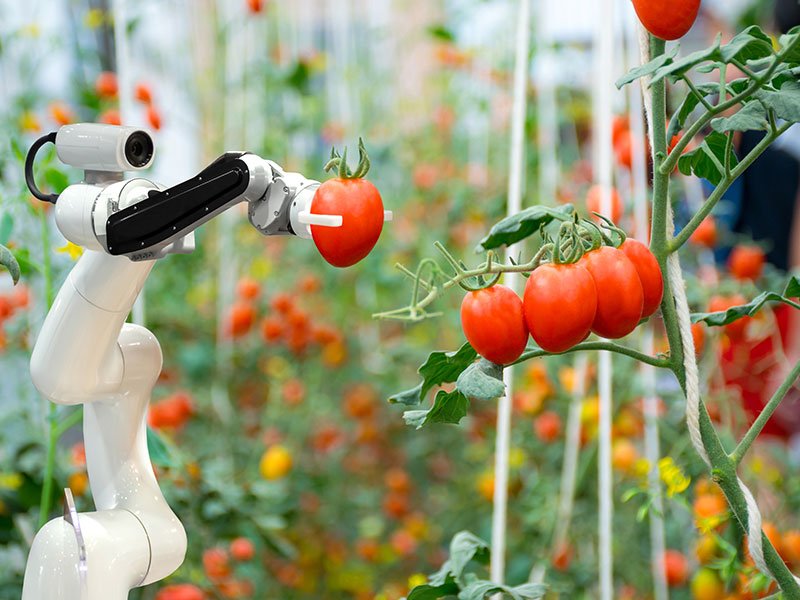The CSIRO will bring on more than 200 new employees after the federal government granted it a staffing cap reprieve and funding boost, but concerns remain about its long-term loss of external revenues.
The government provided CSIRO with a $459 million funding boost over four years in last week’s federal budget and also agreed to lift the organisation’s approved Average Staffing Level (ASL) by 100 people per year, starting this financial year.
CSIRO’s staffing level will increase from 5,141 in 2019-20 to 5,351 in 2020-21, with the science agency already beginning to bring in new staff.

CSIRO chief executive Larry Marshall said there had been no “significant reductions” in staffing as a result of the ongoing COVID-19 pandemic.
“Every year, we do make minor changes. But out of the 5500 people, over the last five years, our external revenue, our funding from the government and our number of people has fairly consistently grown, which by the way, is the first time that’s happened in over 25 years,” Dr Marshall told the media last week.
“But the way we employ people isn’t always as direct employees on our payroll, often we collaborate with universities, with people from students and professors. So our total workforce, generally, has continued to grow despite the pandemic.”
The CSIRO Staff Association has been campaigning for years for the ASL cap to be lifted, arguing it has led to several job losses and restricted its ability to achieve its crucial goals. Its secretary Dr Sam Popovski said the increase to the staffing cap is welcome news.
“It’s a good outcome for CSIRO – to see that extra boost in funding to make up for the substantial reductions in external revenue that CSIRO will experience this financial year and in future financial years,” Dr Popovski told InnovationAus.
“It will enable CSIRO to potentially hire up to 210 more staff according to ASL figures. That’s a boost for retention of existing researchers and an opportunity for CSIRO to hire researchers including early and mid-career researchers to build its capabilities of our national challenges.”
The organisation has already hired about 70 post-doctoral researchers this financial year, Dr Popovski said, and that will make up about a third of the increased staffing numbers at CSIRO.
“Overall, early career researcher numbers fell significantly, particularly with international recruitment stalling. It’s good to see a boost to Australian post-doctoral researcher numbers in our organisation,” he said.
There will also likely be new staff dedicated to CSIRO’s new missions and challenges program, with a focus on select industries such as the hydrogen economy.
But concerns about CSIRO’s ability to bring in external revenue in the coming years, due to the ongoing pandemic.
The federal budget showed about a 25 per cent drop from the last financial year, and a long road back to normal amounts, Dr Popovski said.
“The concerning thing about the CSIRO budget estimates is the sustained loss of external revenue in the outer years. From our estimation it’s going down about 25 per cent from last year to this financial year, then a very slow recovery in the external revenue amounts in the budget estimates,” Dr Popovski said.
“The government has taken that into account in the way it has boosted appropriation funding, but it shows that R&D investment generally in our economy is going to be restrained and take a long time to recover. That’s essentially bad news for CSIRO’s co-investment model for delivering impact in the innovation system.
“We want private sector R&D to be boosted quicker to enable us to solve those challenges and get the best and brightest in CSIRO to support industries.”
The $459 million funding boost is spread across the next four years, with $133 million in 2020-21, $113 million the following year, then $115 million and $99 million.
In the coming financial year, total funding for CSIRO from government has jumped from $848 million to $976 million, while its funds from outside sources will drop from $626 million to $451 million.
Overall, the agency’s resources are at $1.81 billion for this financial year, up from $1.76 billion in 2019-20.
CSIRO will be playing an important role in the federal government’s $1.5 billion manufacturing strategy, Dr Marshall said.
“In this recovery from COVID-19, the manufacturing strategy that the government has presented, CSIRO is proud and absolutely chomping at the bit to get behind and to support,” he said.
“We know that the more we translate science off the lab bench, not just our science, but science from 39 great Australian universities as well, the more we translate that science into real world products and real world impact, the more jobs stay in this country, don’t go offshore; the more products get made in this country.”
Do you know more? Contact James Riley via Email.

